Hakusangu shrine - enshrines the god of women's protection, the god of marriage, as well as Ashiosha, the god of legs and back, with modern architecture.

Table of Contents
When you think of a shrine, you usually think of a shrine with a two-legged torii gate and vermilion colored shrine buildings, but in the precincts of Hakusangu Shrine in Nisshin City, Aichi Prefecture, there is Ashiosha, a modern and stylish building that you wouldn't think of as a shrine. In recent years, it has become a hot topic on SNS.
In addition, there are shrines and ancient tombs that enshrine many gods, and there are many highlights. It is also designed to be barrier-free and friendly to visitors.
Kukurihime-no-mikoto, the god of connecting
who binds all things together
is enshrined at Hakusangu shrine
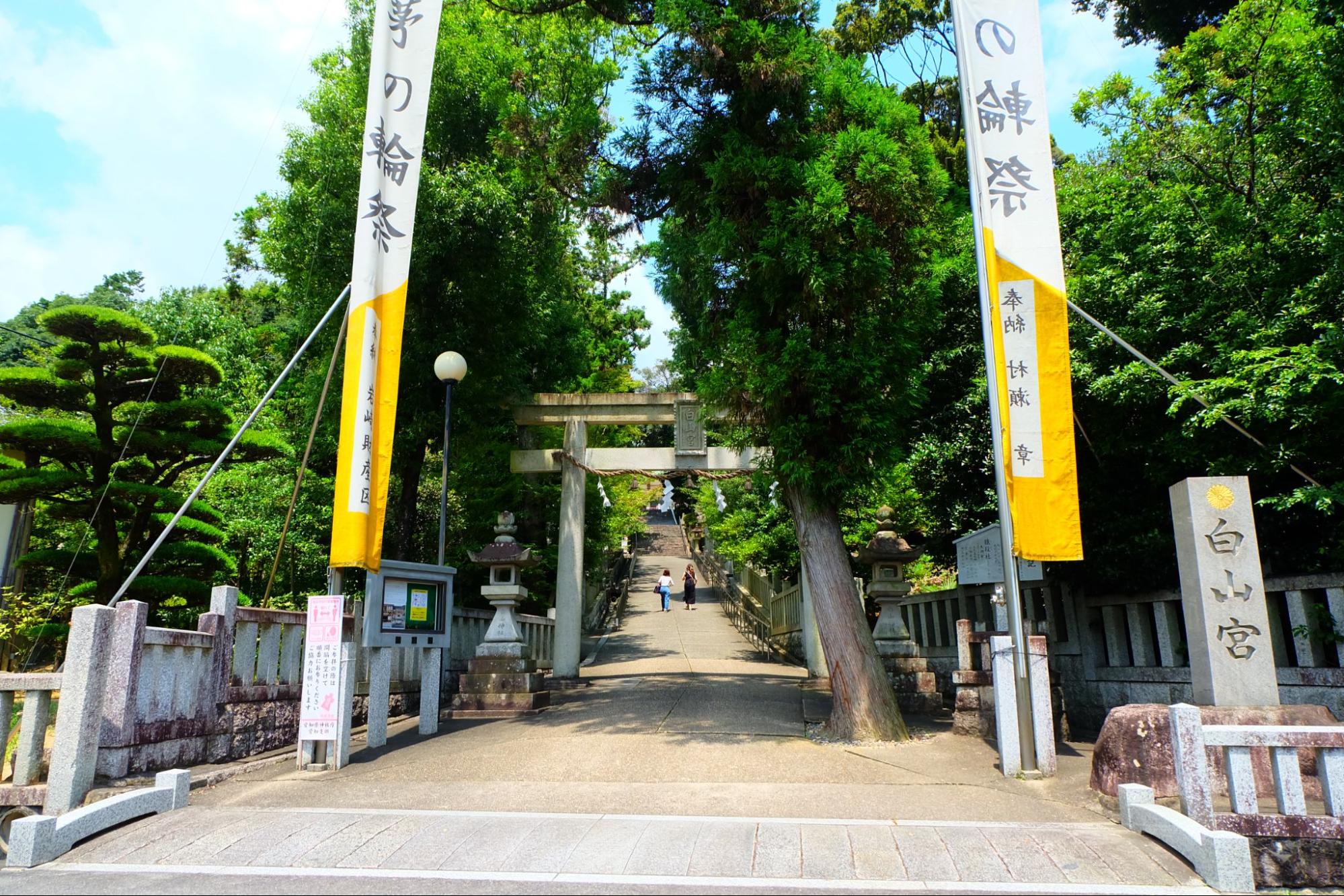
Hakusangu shrine in Nisshin City, Aichi Prefecture is a shrine that enshrines the spirit of Mt. Hakusan in present-day Ishikawa Prefecture.The exact date of its establishment is unknown, but there is a tomb estimated to date from around the 6th century on the grounds, so it is believed to be quite old.

The deity is Kukurihime-no-mikoto, who appears only once in the Nihon Shoki.
When Izanagi-no-mikoto and Izanami-no-mikoto had a quarrel, Kukurihime-no-mikoto interceded and they made up, so she has been worshiped since ancient times as the "god of matchmaking that binds all kinds of things together."
"Karasu Shrine" is deeply worshiped by women

There are many shrines enshrining defferent deities together in the precincts of the Hakusangu shrine. Some of them are introduced below.
First of all, "Karasu Shrine" stands quietly on the right side of the main shrine.
The enshrined deity is Amaterasu Omikami's younger sister, Wakahirume-no-mikoto, and in the Owari Fudoki of the Taisho period, there are many letters thanking her for her good health during childbirth and after childbirth. It is deeply worshiped by women as a goddess who protects women.
"Enmusubi-sha" to pray for a good match

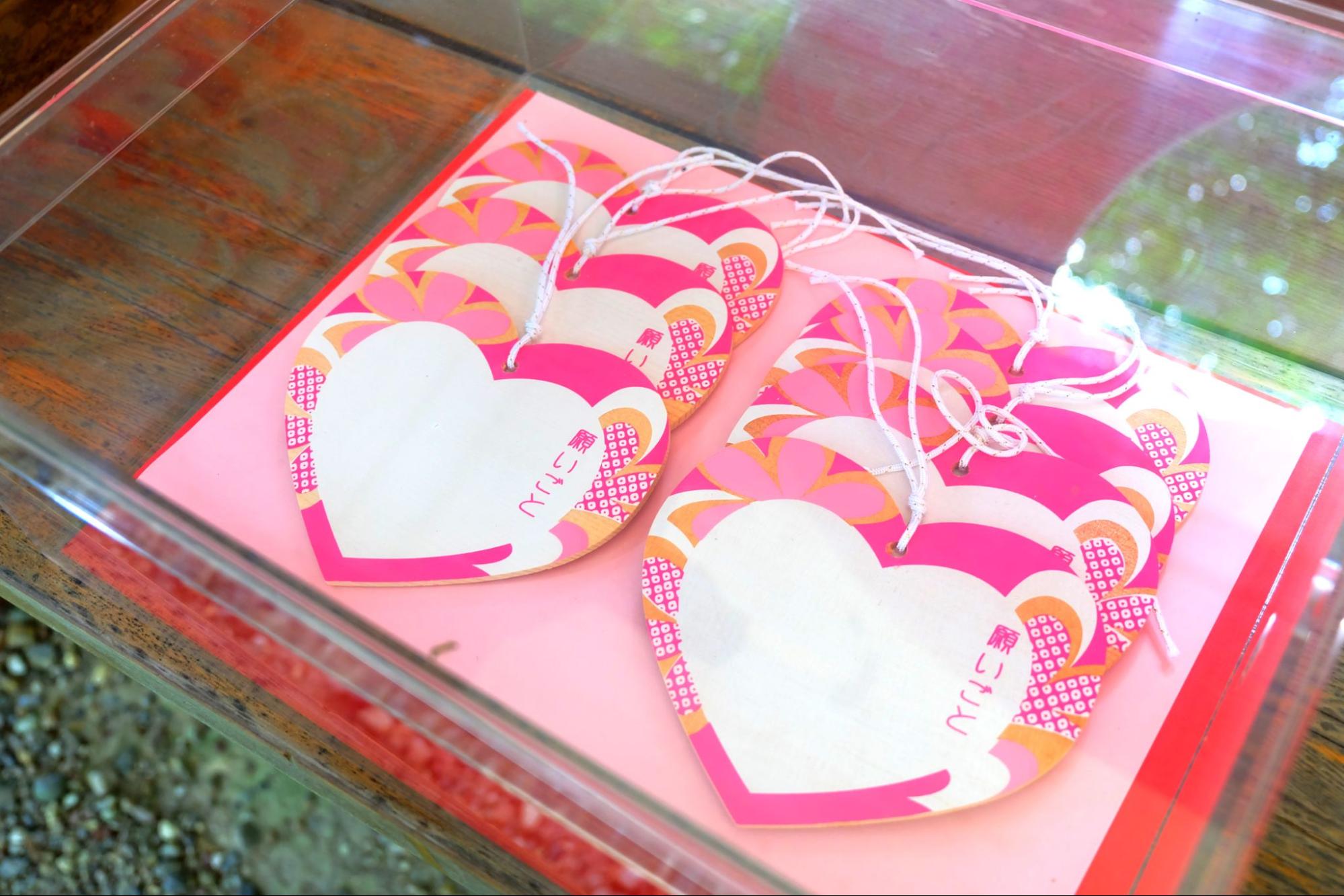
It is a god of matchmaking that connects all kinds of people and things, so you should pray for a good match.
At Enmusubi-sha, the cute pink heart-shaped votive plaques overflowing with women's earnest thoughts catch the eye. I hope you can meet your destined person with the string that is firmly connected to the renriboku (trees with entwined branches or trunks).
"Haraedo-no-okami" before visiting the main shrine

"Haraedo-no-okami" is on the right side of the approach that extends straight from the parking lot to the main shrine.
As the name suggests, it is a god who powerfully exorcises sins and impurities that have been attached to one's body on a daily basis. Be sure to visit this before visiting the main shrine.
Hakusan Kofun, estimated to be the oldest in the city around the 6th century

"Hakusan Kofun (Hakusan No. 1 Tumulus)" can be seen on the right after passing through the torii gate. It's hard to notice, so you might accidentally pass by.


As you climb the stairs where the trees grow ... ...

The tumulus surrounded by chains and stakes is a round burial mound with a diameter of 14 meters.
I arrived at "Hakusan Kofun (Hakusan No. 1 Tumulus)".
From the Hakusan Tumulus, which was designated as a designated cultural property by Nisshin City in 1981, grave goods such as a gold ring and an iron sword, which are thought to date from around the 6th century, were unearthed.
The relics are apparently on display at the Iwasaki Castle History Museum, so if you're interested, you might want to visit there as well.
Nice mist and rest area in hot weather

And there is also a nice mist in the hot season, so you can cool off for a moment. There is also a covered rest area right next to it, so it's great for those who want to spend a relaxing time in the precincts.
Ashio-sha, the god of legs and back, with modern architectural beauty.
Also known as the "Soccer Shrine", where athletes visit to pray.
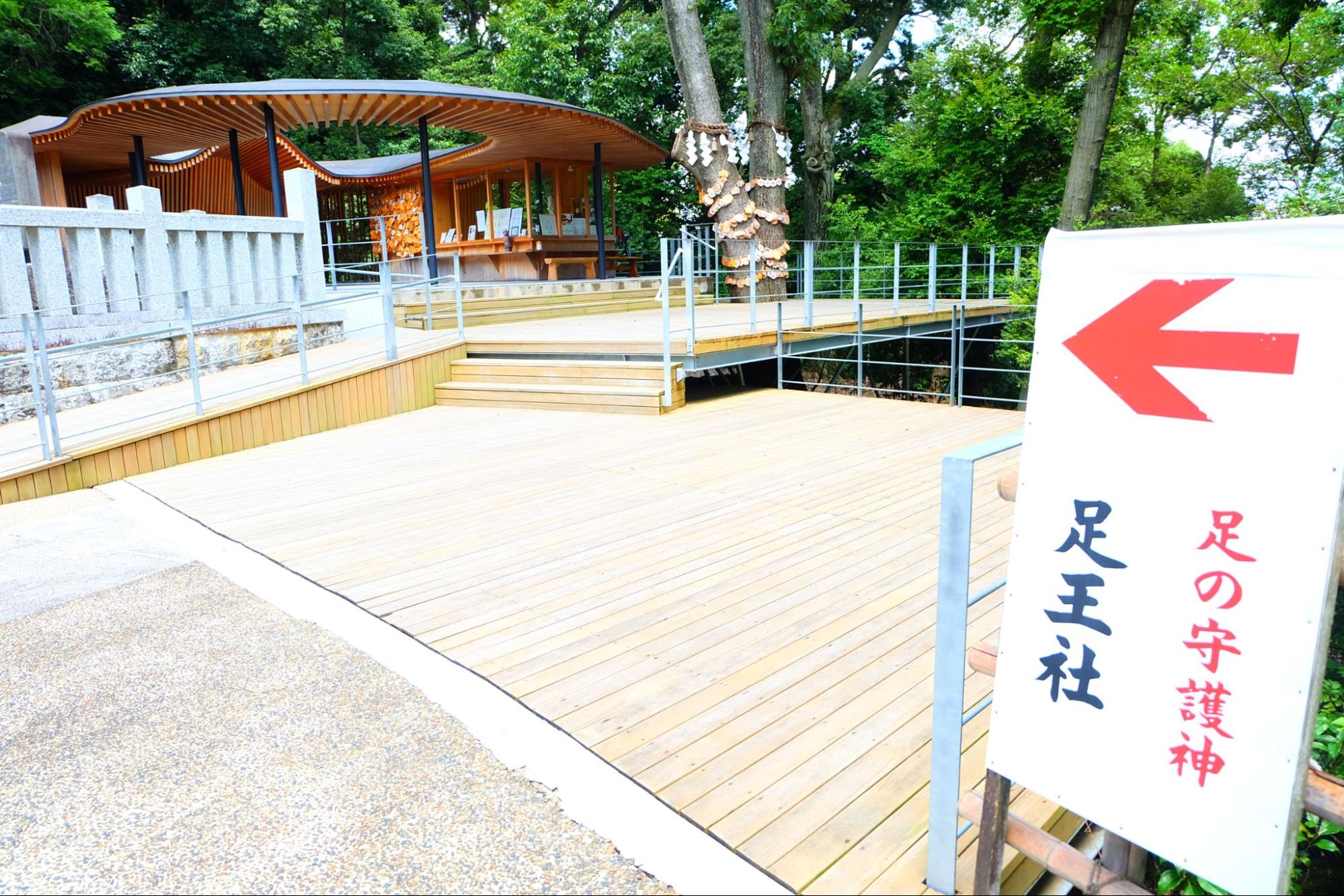
Now, the "Ashiosha," a.k.a. "Soccer Shrine," which enshrines an unusual deity at Hakusangu Shrine, is the talk of the town.
The deity is not so familiar to many, but it is "Ashinazuchi-no-kami," the god of leg and back. At first glance, the modern building looks like a café.

I came to the front. It's a interesting shape...

Landscape seen diagonally from the front right. It does not look like a shrine.
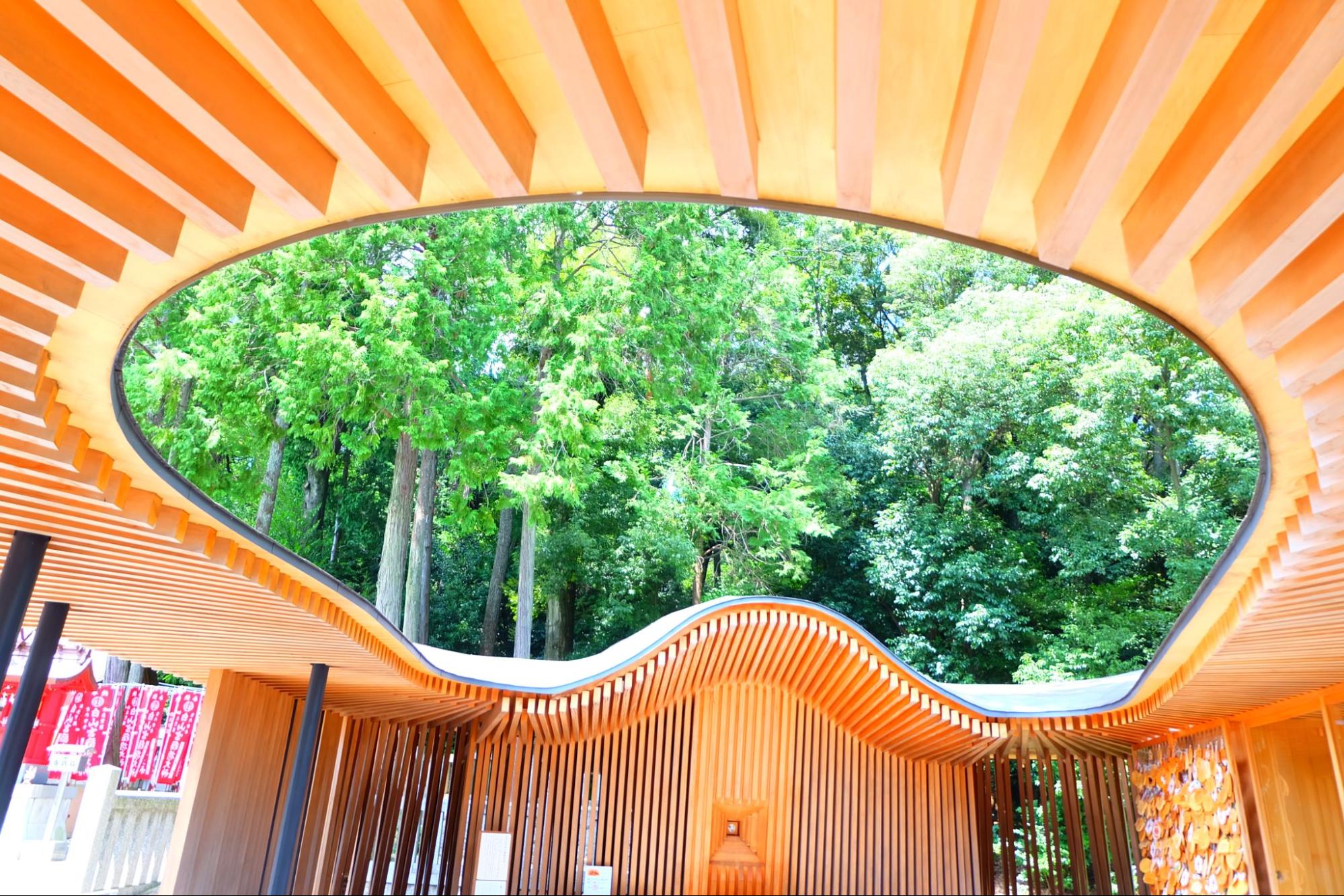
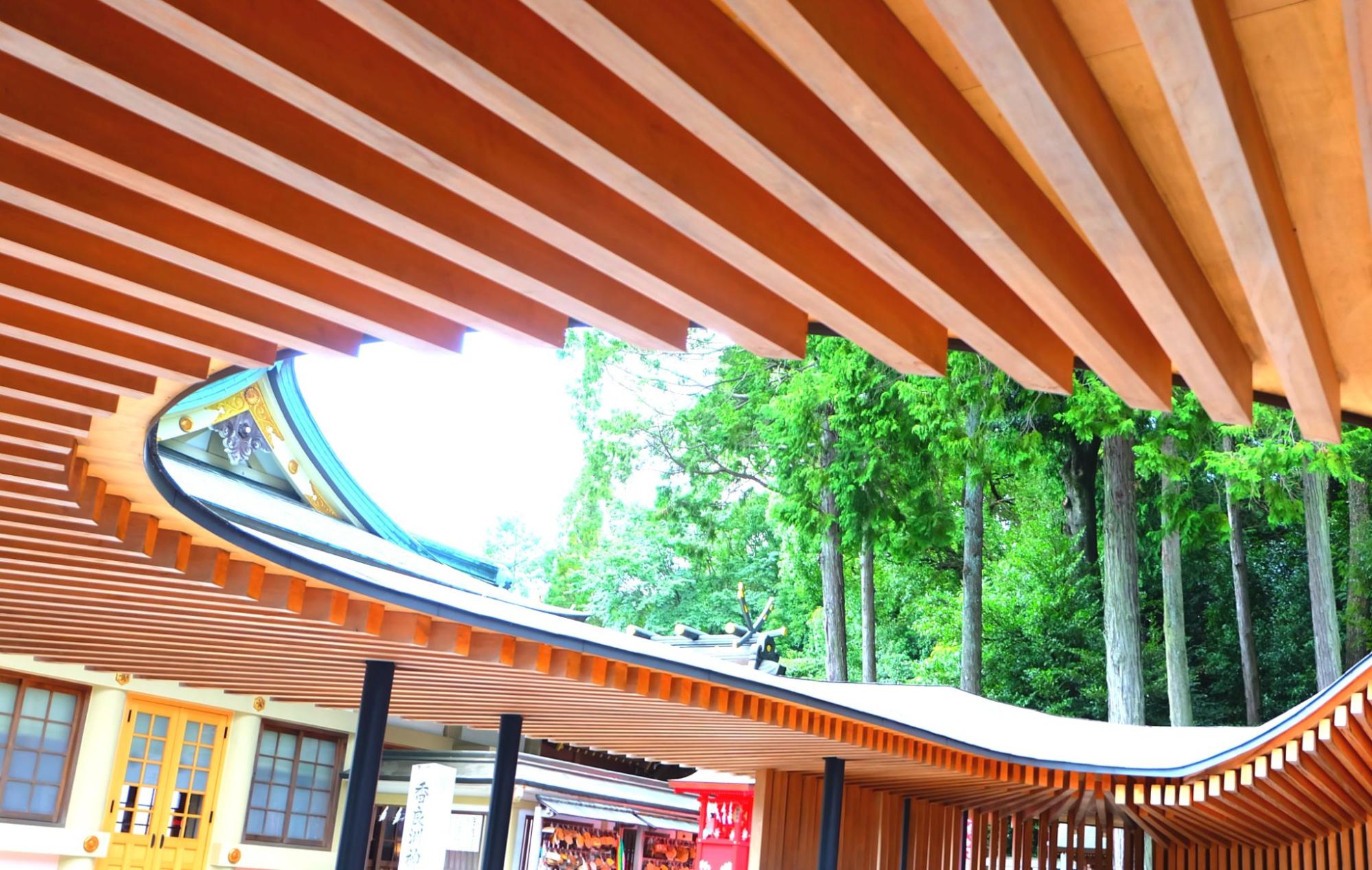
As you go closer, there is a large hole in the ceiling.
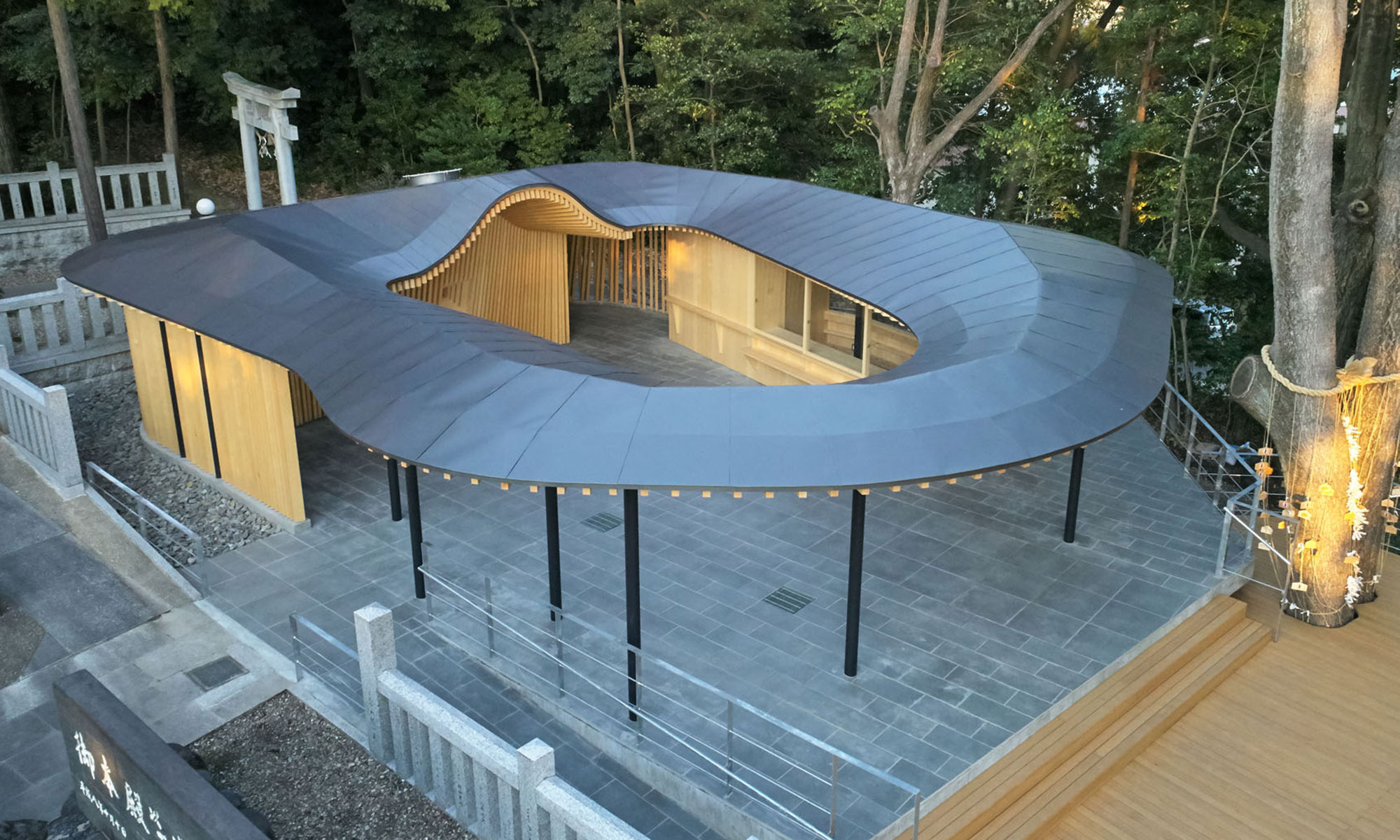
When viewed from above, it is said to be in the shape of a "waraji" (straw sandals). It is said that this is because worshippers in the past used to offer many straw sandals, and there is an exhibition of straw sandals in the precincts of the shrine, so please look for them.
The reason for the hole in the ceiling is to allow the power and breath of the gods to circulate through the precinct and into the Chinju-no-mori forest behind the shrine, further increasing the power of the gods....
It is comfortable because the wind passes through, and the contrast between plain wood and green is indescribably beautiful.
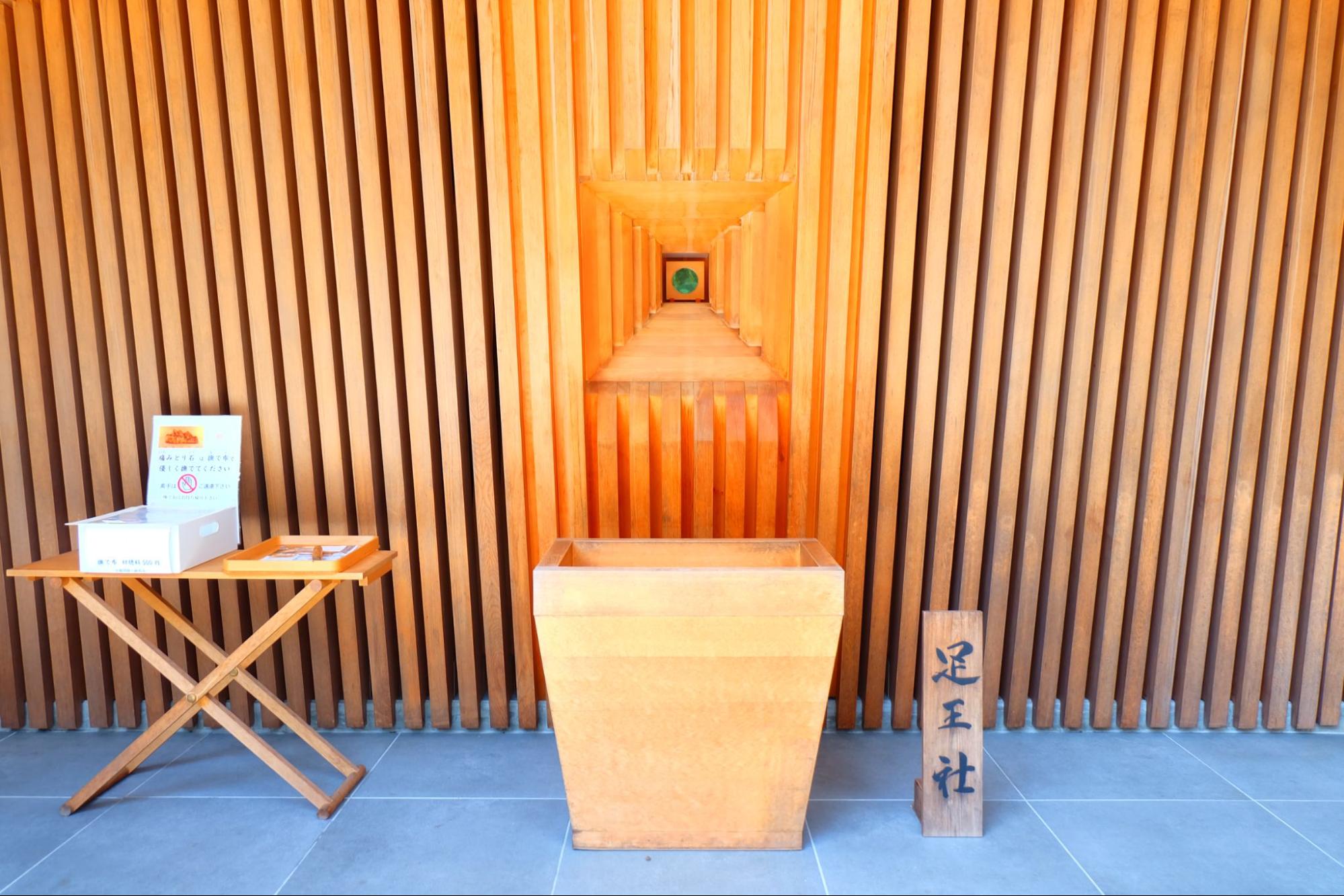
And in front is the shrine. This is where we worship.

When visiting the shrine, pray by paying the "Nadefu (stroking cloth)* dedication fee of 500 yen", which is placed on the left hand side of the shrine.

Inside, there is a bleached cloth with a goshuin (red stamp) printed on it. Hold it and enter through the entrance on the left (go clockwise)

Many wooden pillars stand side by side, just like a thousand torii gates. Light pours in between the pillars, which are constructed using plenty of strong cypress wood.

The corridor-style approach named "Hora-no-sando" is very rare even in Japan! Even if you actually enter, you will be surprised by the novel shape, but it is very comfortable to be surrounded by gentle trees.

And right behind the shrine you saw earlier, there is an enshrined pain relief stone.
Originally, this area was called Ura Kaido because it was a back (ura) road (kaido) of Iida Kaido, and many people from the Mino area passed through this Ura Kaido. Along with the small shrine that was dug out of the mountain along the road, the Itami-tori-ishi (pain relief stone) seems to have been worshiped as one of the Dosojin (traveler's guardian deity) to pray for safety on the road.
In fact, an old lady with a bad leg was cured by visiting and stroking it every day, and now
many people now stroke it and worship it. If you look closely, it looks like a toe!
Then, it is said that it is good to stroke this stone with the stroking cloth mentioned earlier to transfer the healing power, and rub the cloth on the bad part of the body.

The reason why Ashiosha came to be called Soccer Shrine is because the year when the shrine in the mountain was properly enshrined here in 2001 coincided with the year when the soccer World Cup was held.
As a shrine that enshrines the rare deity of legs and lower back, the Japanese national team visited the shrine to pray, and it quickly became known as a soccer shrine.


Many ema (votive picture tablet) in the shape of soccer balls and basket balls, including designs of waraji (straw sandals), are displayed, conveying the feelings of the visitors!!
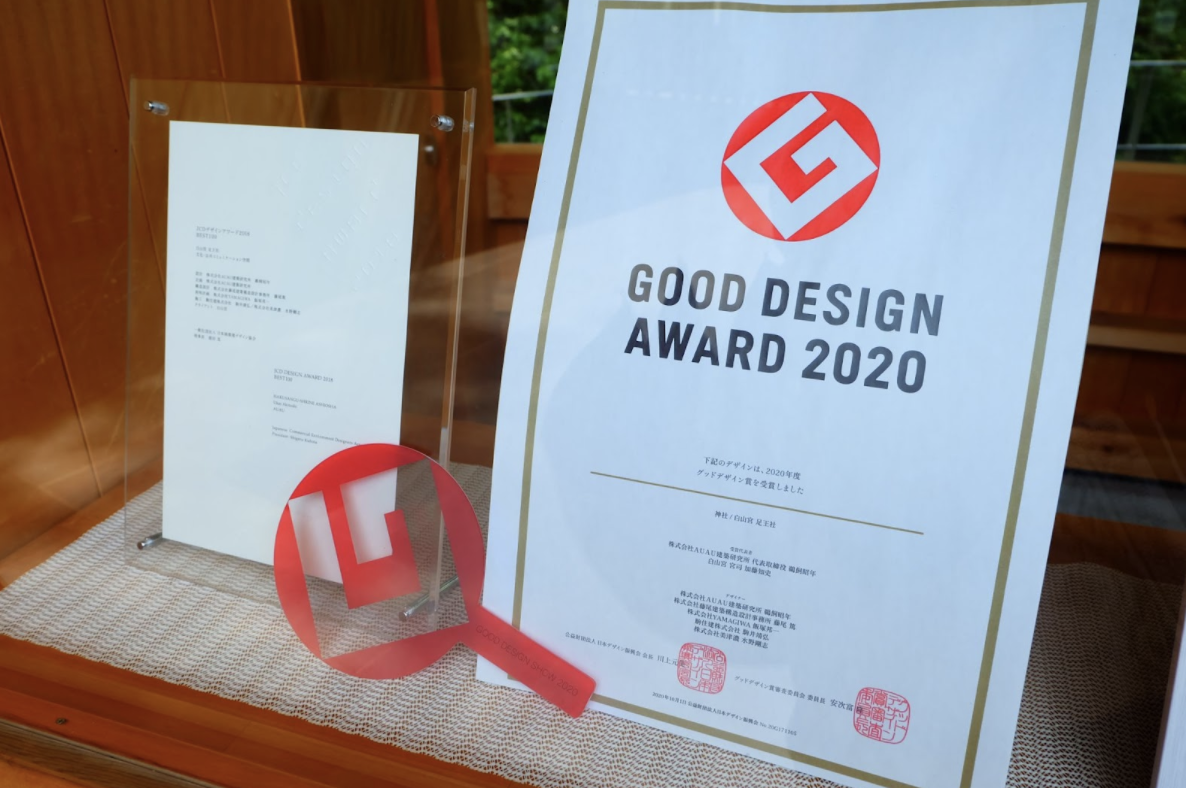
Ashiohsha won the Good Design Award in 2020.
From 2001 to 2017, it was located where the Inari Shrine is currently enshrined, but over the course of a year, it was reborn with a creative design. Care has been taken to make the deity feel closer to us, rather than worshipped from afar.
There is a good-luck charm with an emblem associated with the "Soccer Shrine" and an votive picture tablet.
There is also a red stamp of Yogen-no-Tori, a bird of prey to ward off the plague!

Next, I would like to introduce amulets and goshuin (red ink stamp) stamps. Like a soccer shrine, the amulets and votive plaques embroidered with the official emblem of the Japan Football Association are cool.
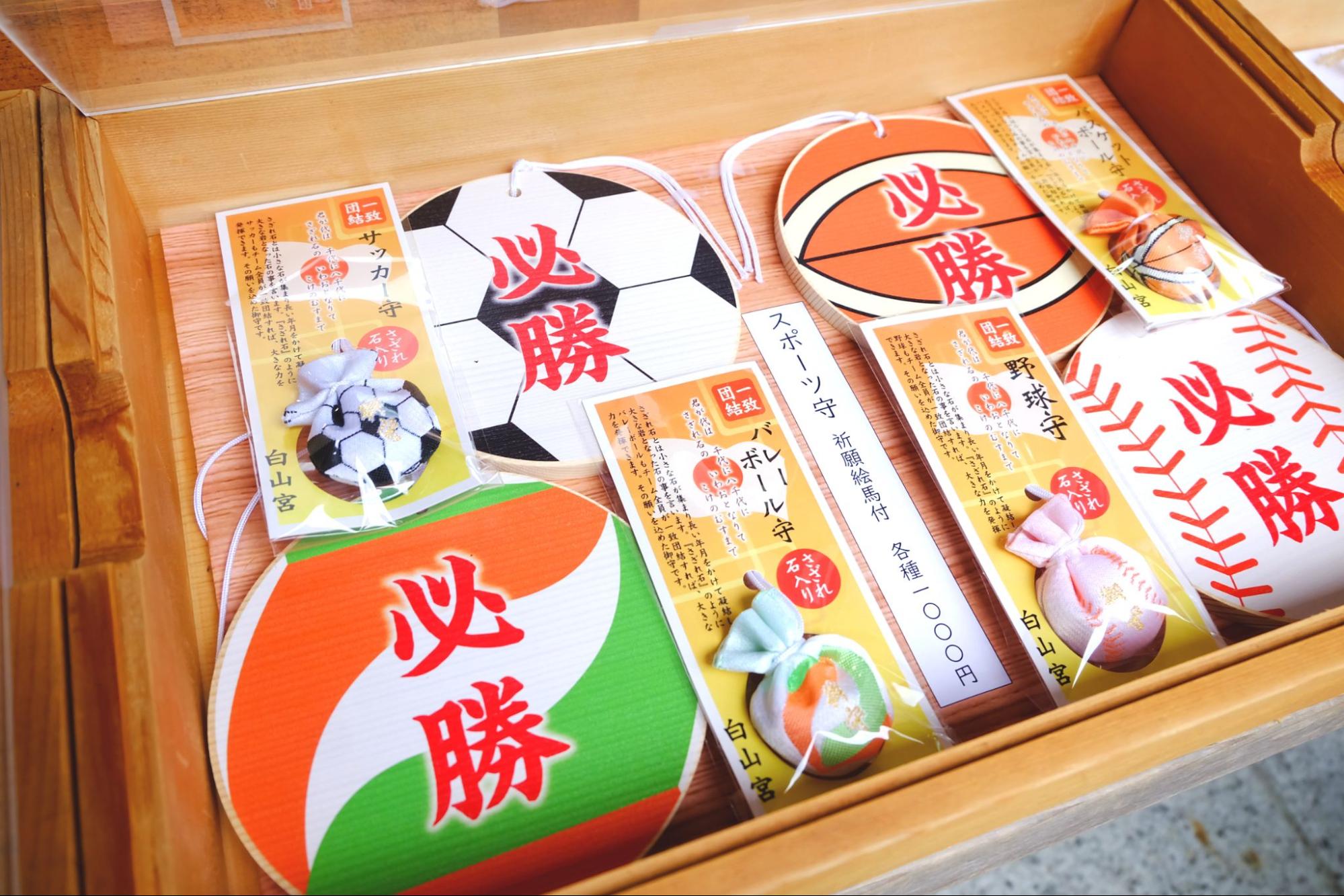
The name is "Sports Mamori /1000 Yen", which is a set of amulets for various sports such as baseball, soccer, volleyball, and basketball, as well as an ema to pray for victory.

Here are various amulets for matchmaking. Like the god of tying, many of the amulets are designed with knots in mind.

In addition to the three standard types of goshuin, "Hakusangu shrine," "Ashiosha," and "Karasusha," there are many other types available, including seasonal ones and ones that change every month.

This is a special goshuin that is limited to the Chinowa Festival, which is held at the end of July every year. (Distributed from July 28, 2021 to August 1, 2021 / 1,000 yen)

Amabie, which was known at once for warding off the plague due to the corona virus, did you know that there was a "Yogen-no-tori" (two-headed bird) that once appeared at the end of the Tokugawa shogunate to ward off the plague, just like Amabie?
Appearing in Kaga Province (present-day Ishikawa Prefecture) at the end of the Edo period, it predicted that 90% of the people in the world would die, and that its appearance would ward off evil.
I just hope that the world will converge soon with Amabie, a mysterious bird with two heads of white and black.
Barrier-free and visitor friendly


Hakusangu shrine began with renovations to its main shrine in 1996, and in 2013 began a barrier-free project. There is a slope that surrounds Ashiosha, so people in wheelchairs can enter from here.

There are two parking lots. The one closest to the main shrine is on a flat path leading to the main shrine, and the one at the bottom of the stairs has a ramp leading up to the torii (gate).

This stone tablet standing near the torii is a stone tablet that the former chief priest sang while envisioning the completion of the shrine building. "The new shrine, made by the dedication of faithful people, will be filled with precious light and gods will be appeased."
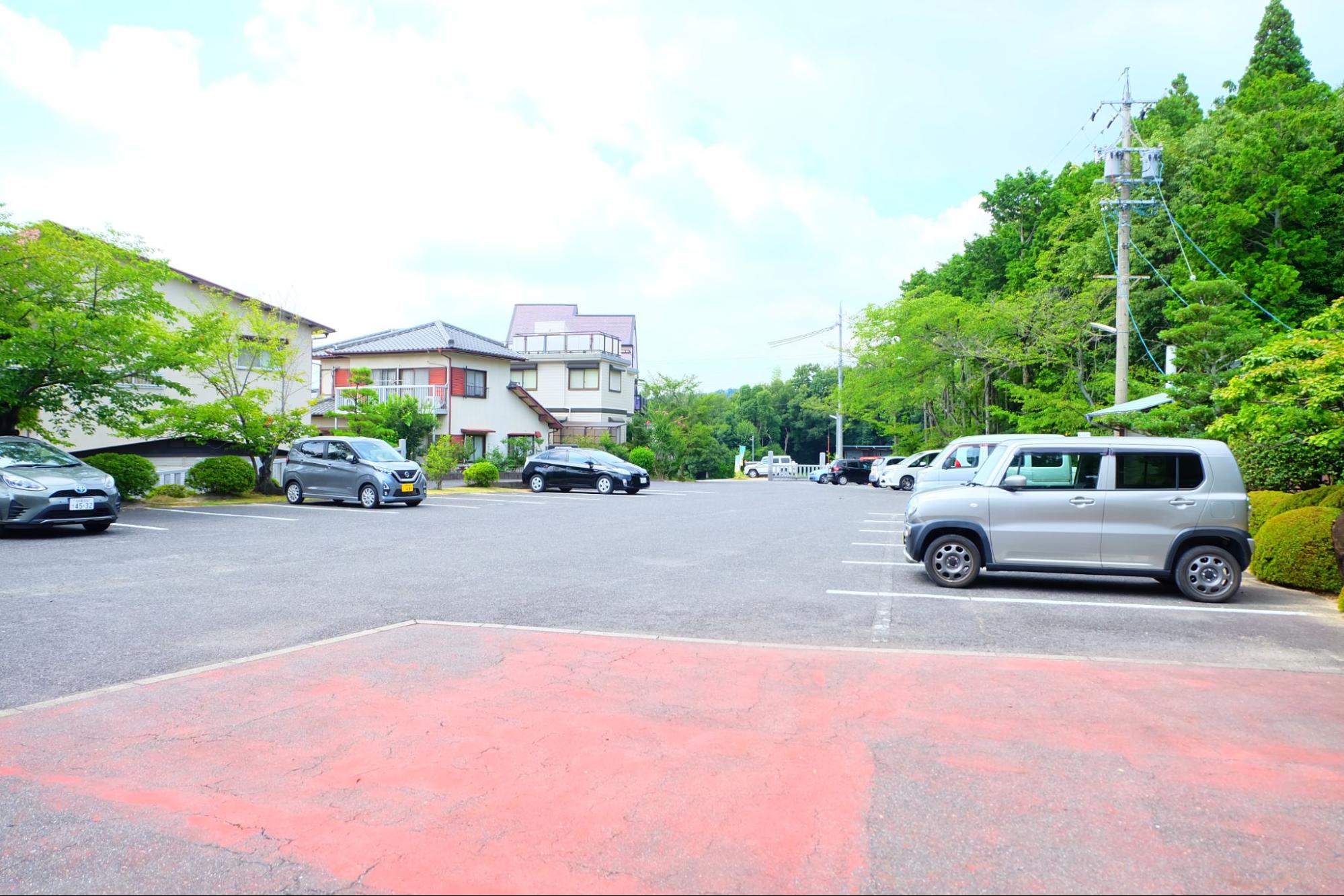
This is the closest parking lot to the main shrine, so visitors with limited mobility or those with disabilities can park here.

The official entrance to the shrine is from this parking lot. When entering from here, please do not forget to pay your respects to the deity of Haraedo (purification) on the way.
Hakusangu shrine is a shrine that enshrines the god of legs and back with a unique design, which is rare among shrines.
Ashiosha has been reborn as a new form, taking over the thoughts of the old people who used to pass through the back road. In addition, I hope that this barrier-free, kindly caring shrine that anyone can visit will continue to be passed on to future generations as the local tutelar deity.


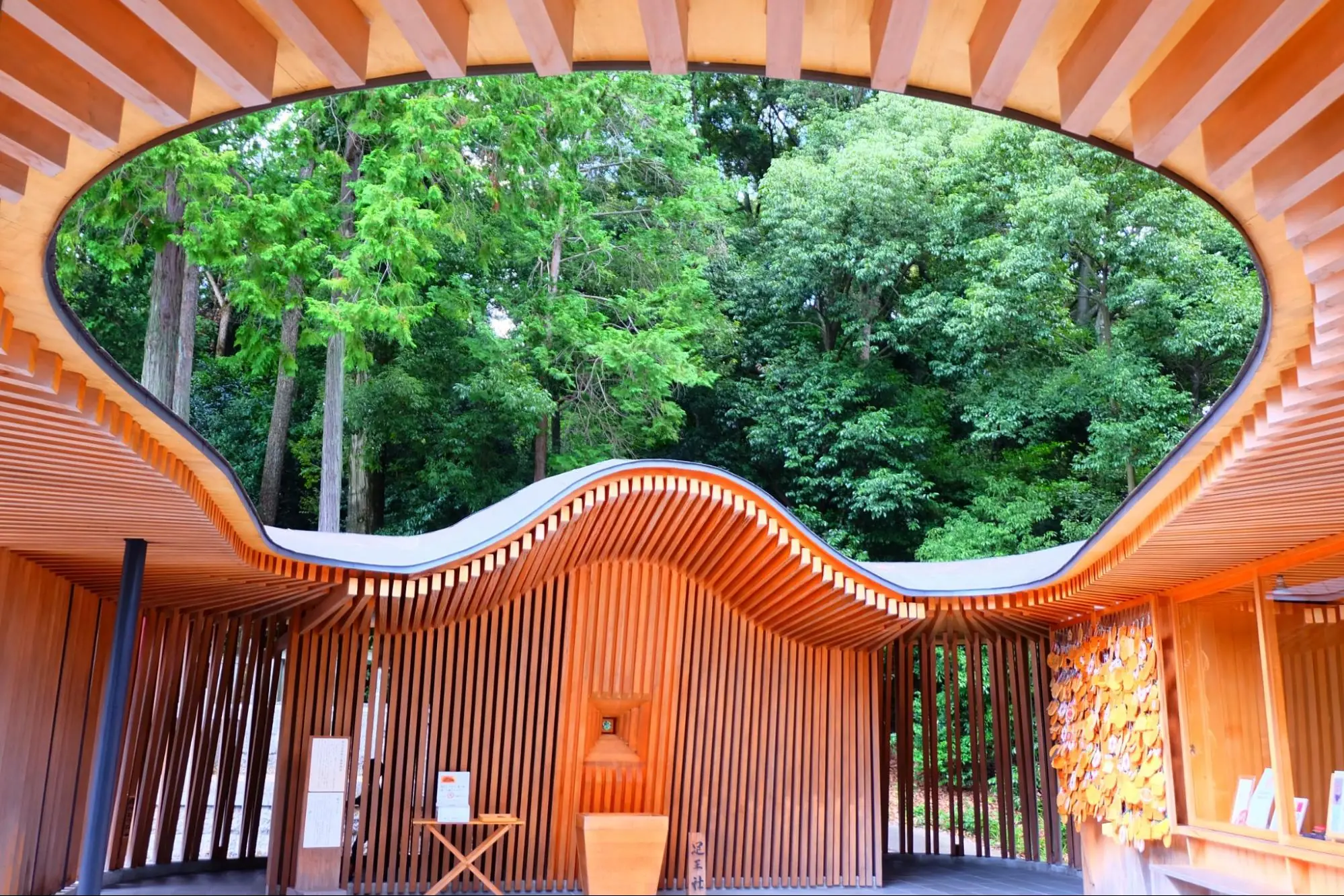
![[Tokai Area] Shrines and Temples](https://life-designs.jp/wp/wp-content/uploads/2022/03/4b6784b9a0a6f408160ee9c32a307138-1024x580.png)
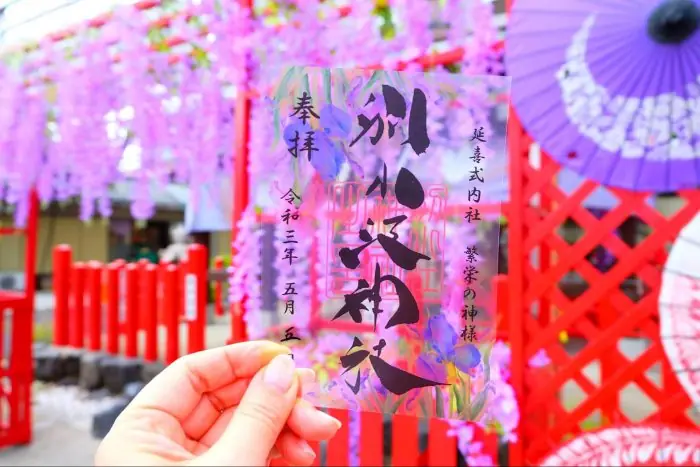
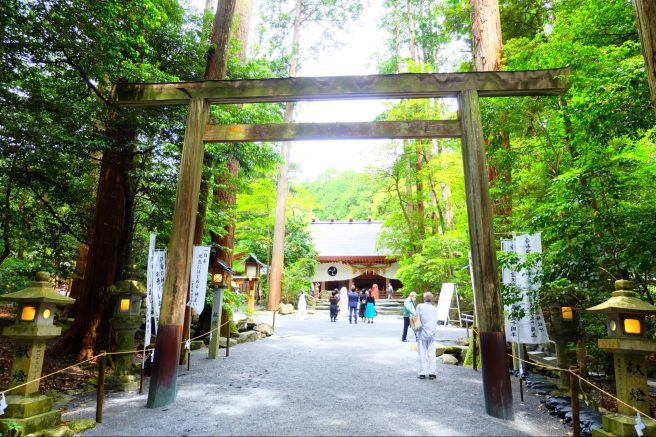

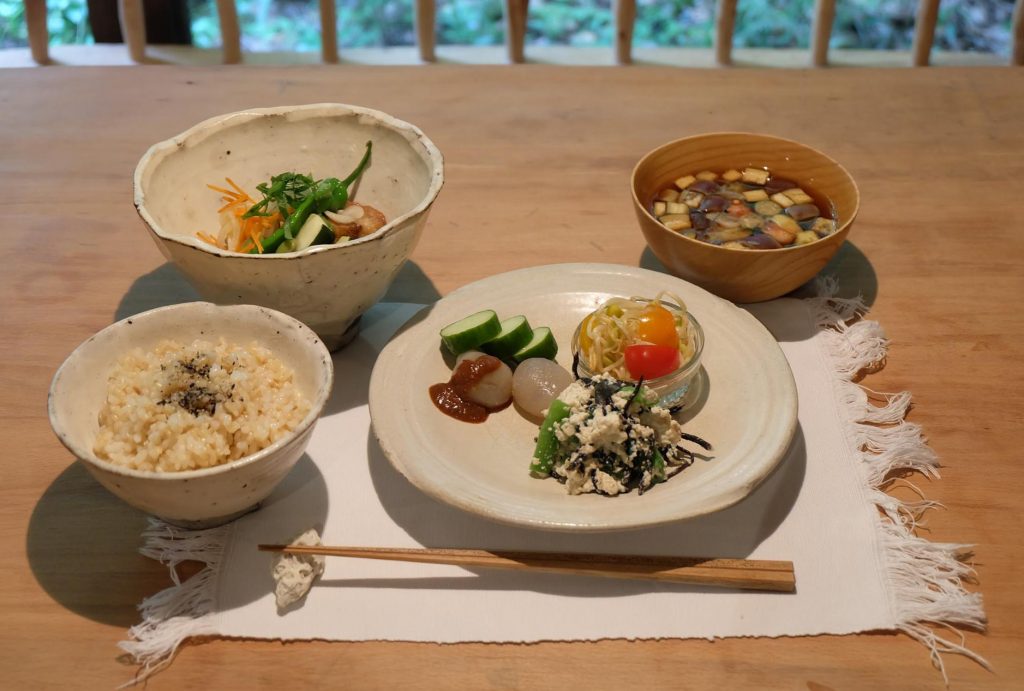
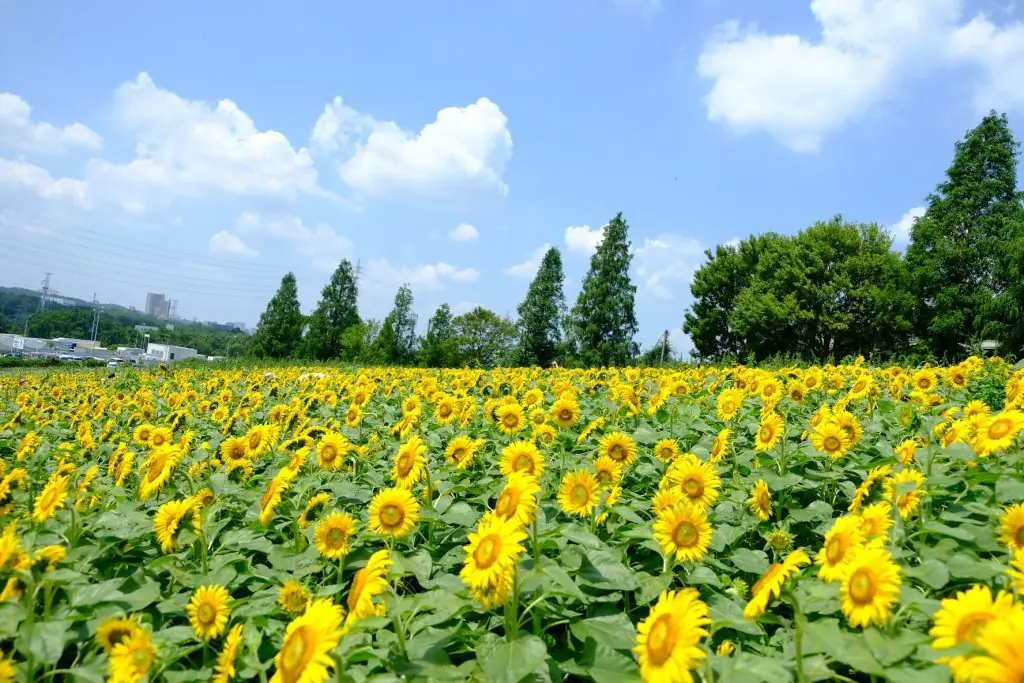
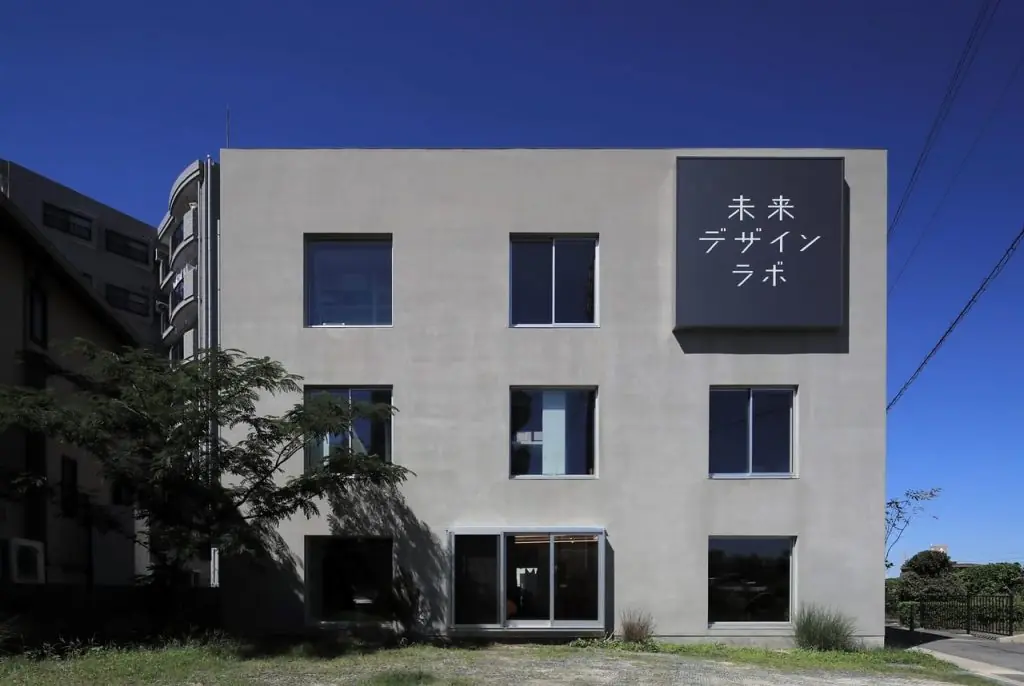
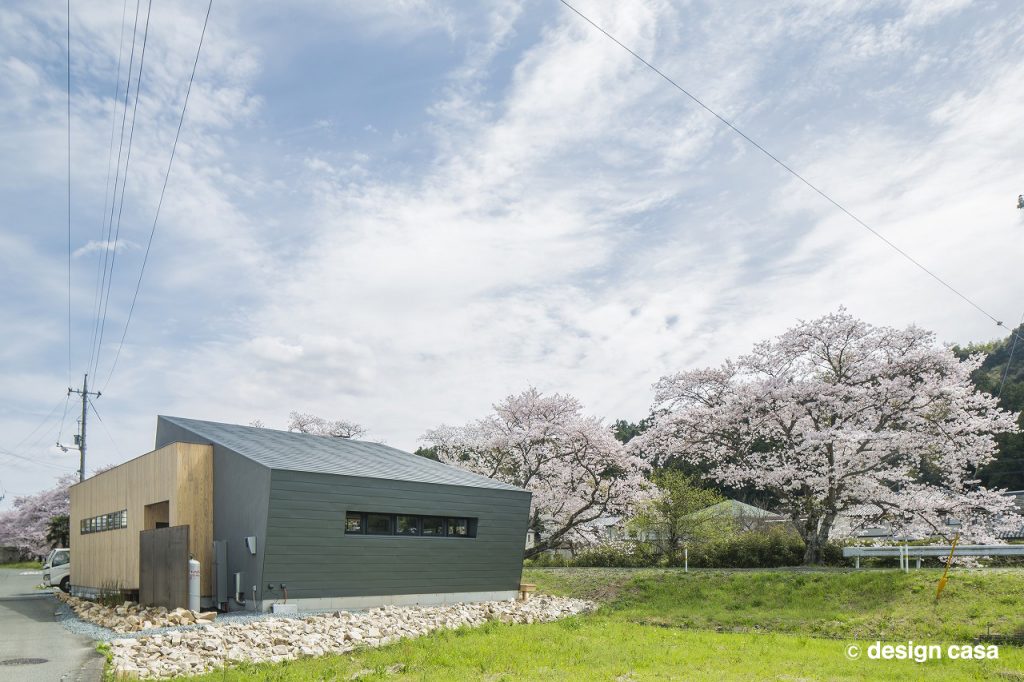
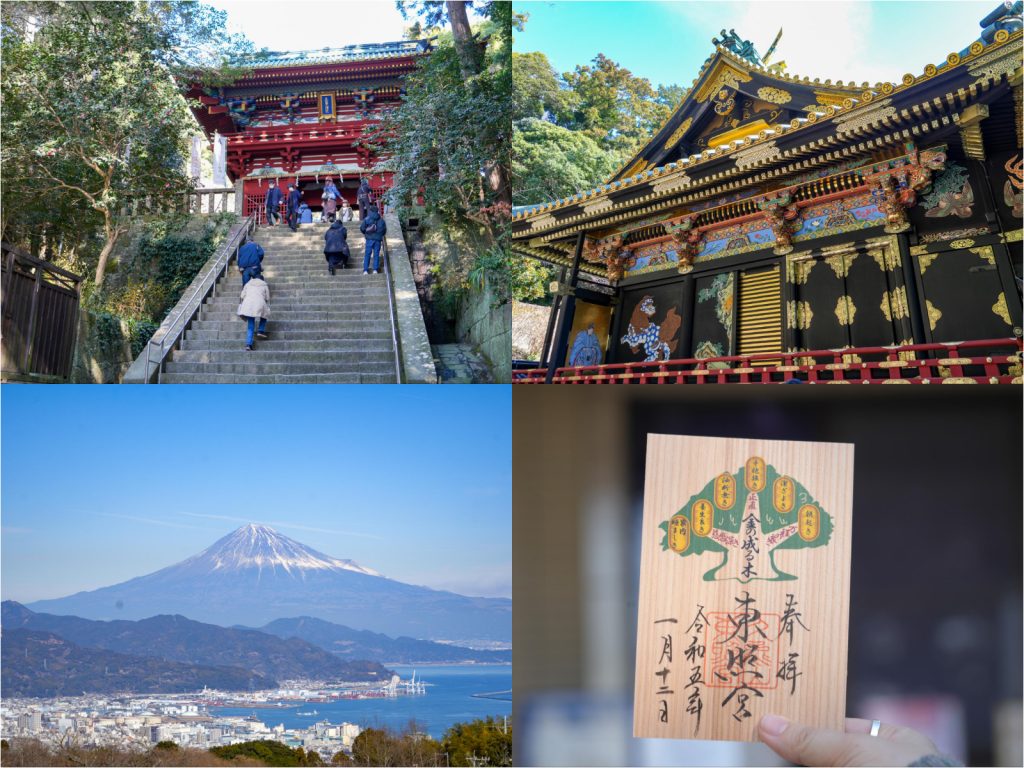

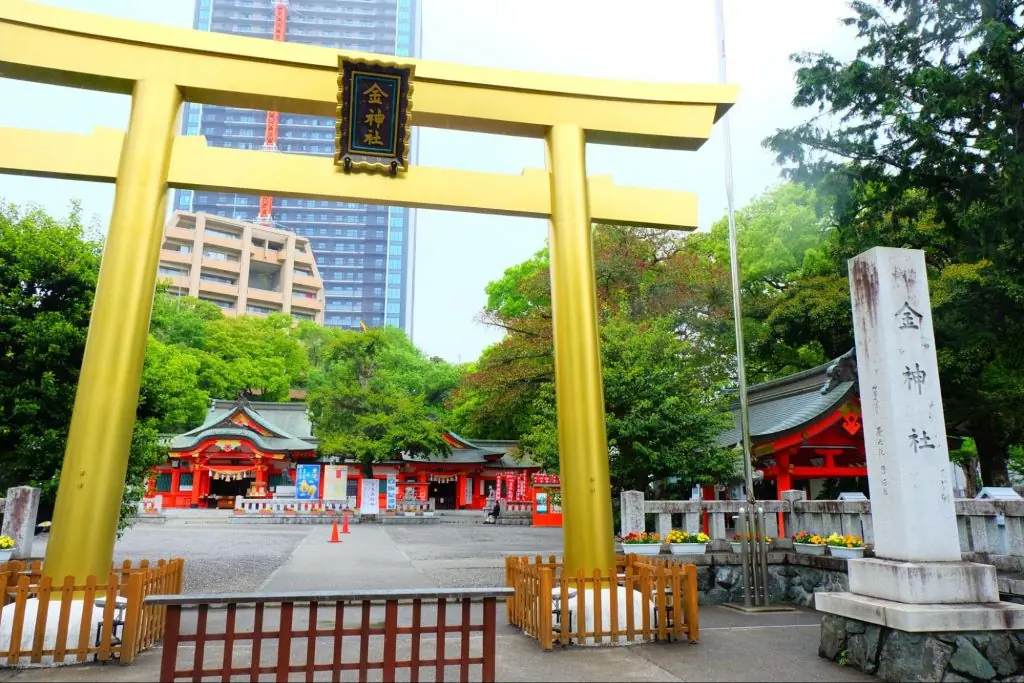


![[Indoor Facilities] Where to Go on Rainy Days in Tokai Area! For Family Outings!](https://life-designs.jp/wp/wp-content/uploads/2023/07/FotoJet-23.jpg)





![[Special Feature] Enjoy Outdoor Activities!](https://life-designs.jp/wp/wp-content/uploads/2019/12/LD_banner_w1920x1088_outdoor-1-768x435.jpg)
![[Tokai Area] Place to Go on Rainy Days!](https://life-designs.jp/wp/wp-content/uploads/2022/03/f76405aaa33944a4ba88a131fbc56523-768x435.png)
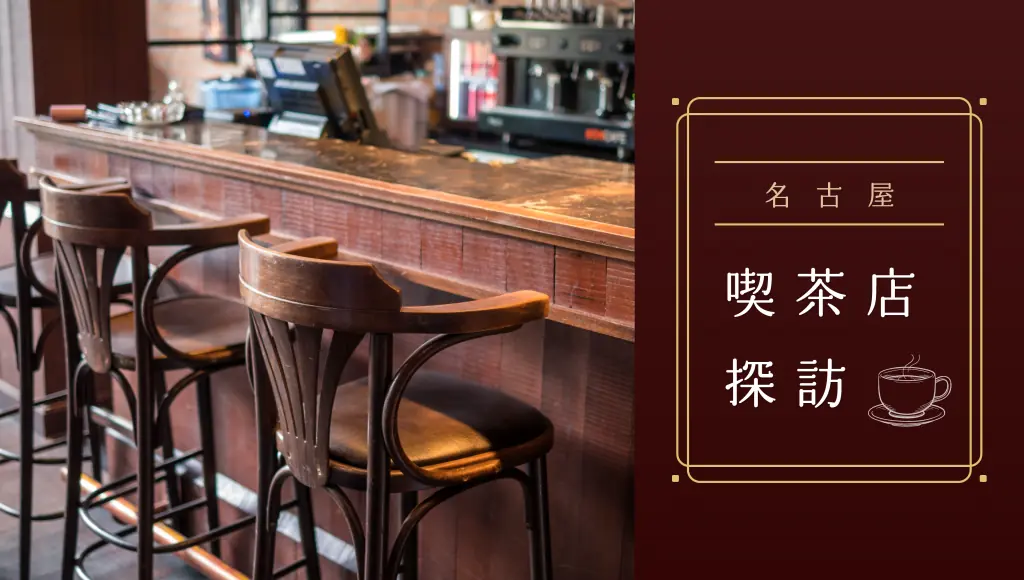
![[Enjoy Kuwana! ] From Classic to the Latest Spots](https://life-designs.jp/wp/wp-content/uploads/2022/11/Kuwana_w1920x1088-1-1024x580.png)
![[Osu Special Feature] A City of History and Uniqueness](https://life-designs.jp/wp/wp-content/uploads/2022/03/01_Osu-1-1024x580.png)
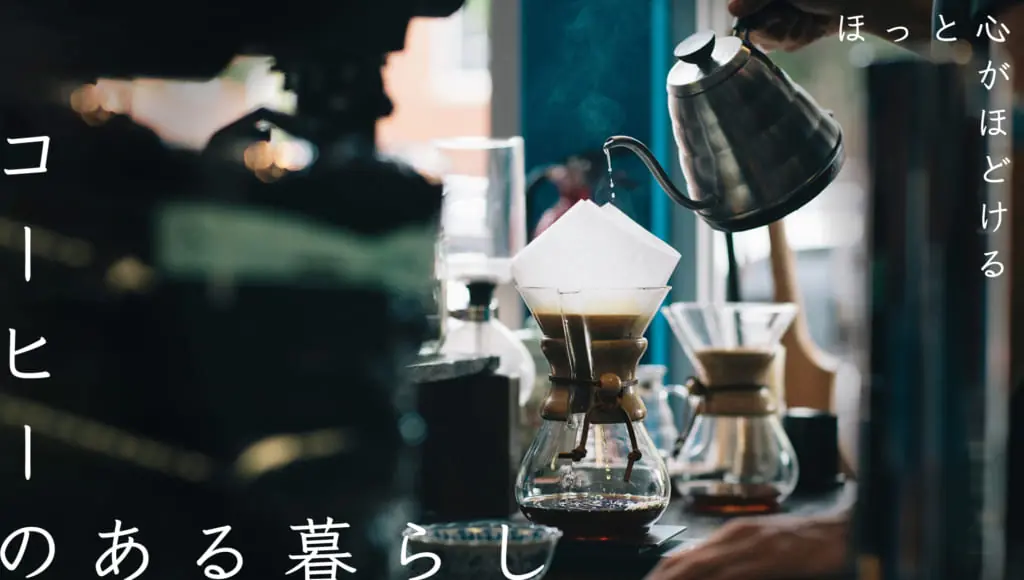


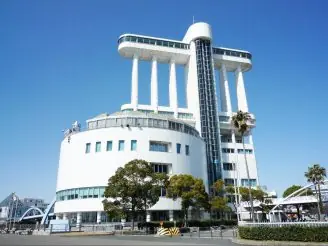
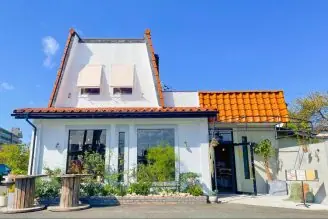




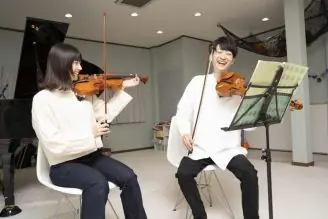


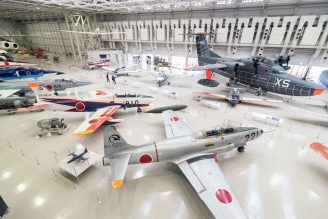
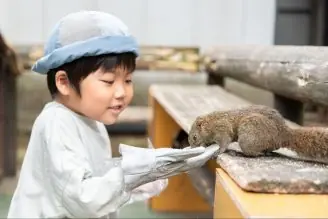
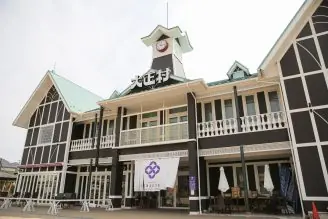
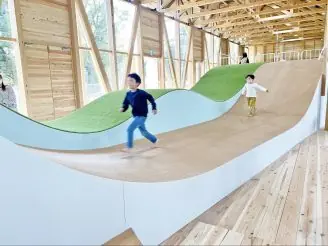

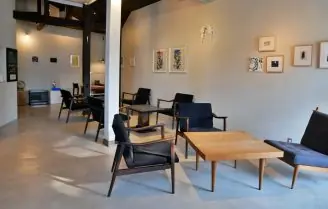


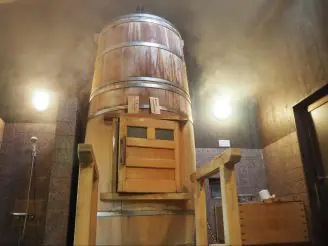
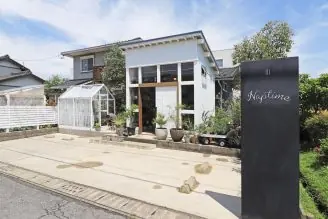

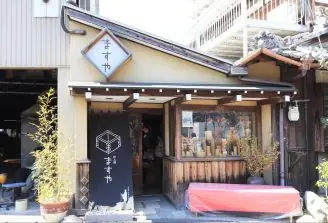
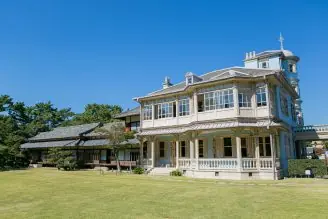
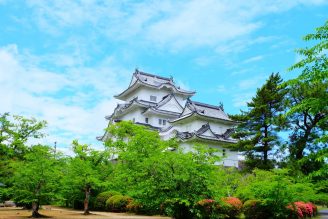



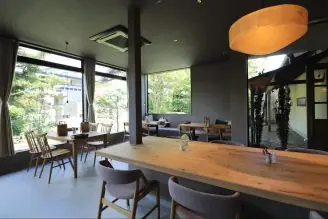
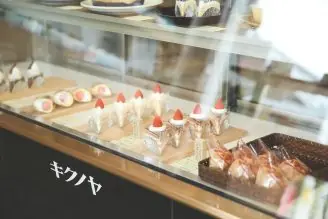

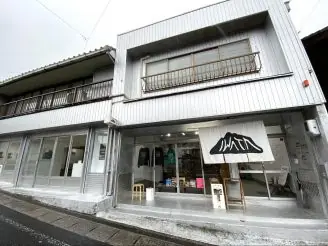
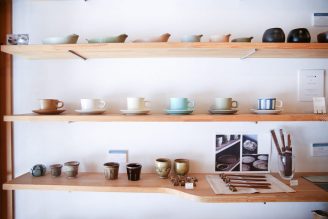

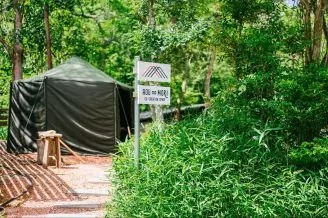
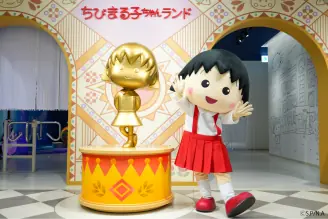

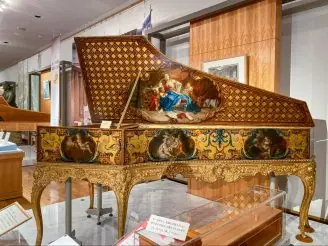

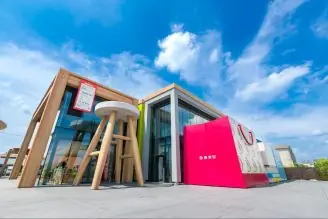




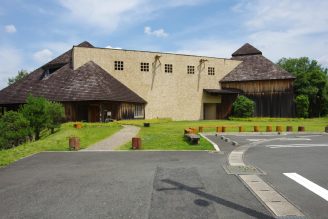

![Onigiri is hot right now! Summary of Osu's Onigiri Specialty Shops [5 selections].](https://life-designs.jp/wp/wp-content/uploads/2023/11/onigiri-1024x768.jpg)

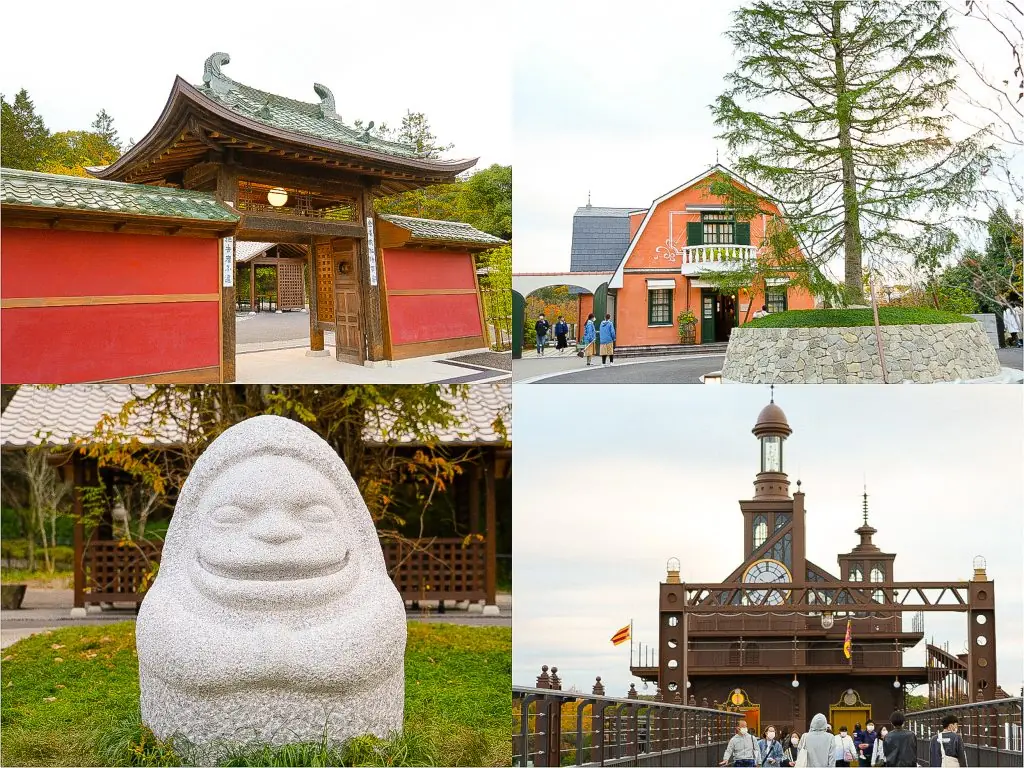
![[20 Selections] Nagoya Souvenirs: Non-Sweet & Recommended Snacks Available at Nagoya Station](https://life-designs.jp/wp/wp-content/uploads/2025/07/image3-2-1024x683.jpg)
![[Within 2hrs by Car] 12 Outing Areas where You can Go on a Day Trip from Nagoya!](https://life-designs.jp/wp/wp-content/uploads/2023/07/odekake12_w1200h900_20240422-768x576.png)
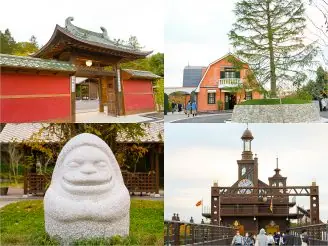
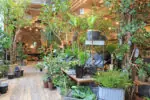
![[Aichi, Gifu, Mie] 30 Family-Friendly Spots to Go in Winter!](https://life-designs.jp/wp/wp-content/uploads/2019/12/image21-1-150x106.png)
![[Nagoya, Aichi] Recommended Shops to Buy Tablewares around Nagoya](https://life-designs.jp/wp/wp-content/uploads/2019/11/image12-26-150x100.jpg)
